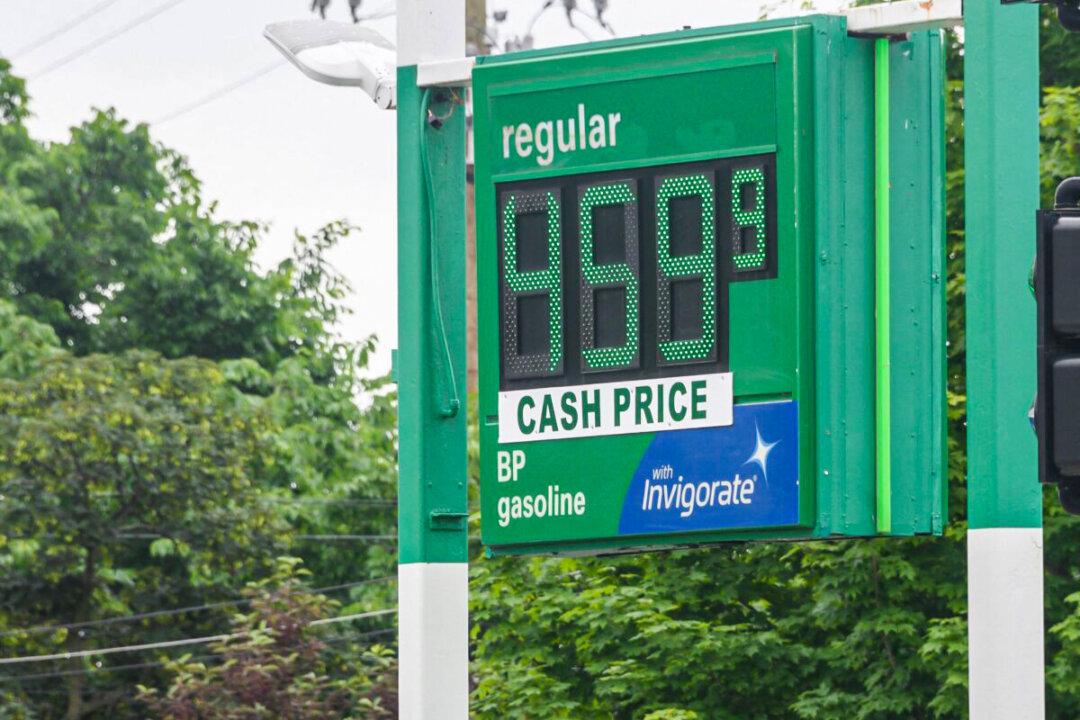Gasoline prices across the United States continued to surge this week, reaching a new record-high of $5.016 a gallon on Tuesday, according to AAA, as experts warn that prices could rise further.
The national average is up from Monday’s price of $5.014 per gallon, which shattered previous records, and up from $3.080 this time last year as Americans continue to fork out more at the pump amid limited fuel supplies and increased demand.





